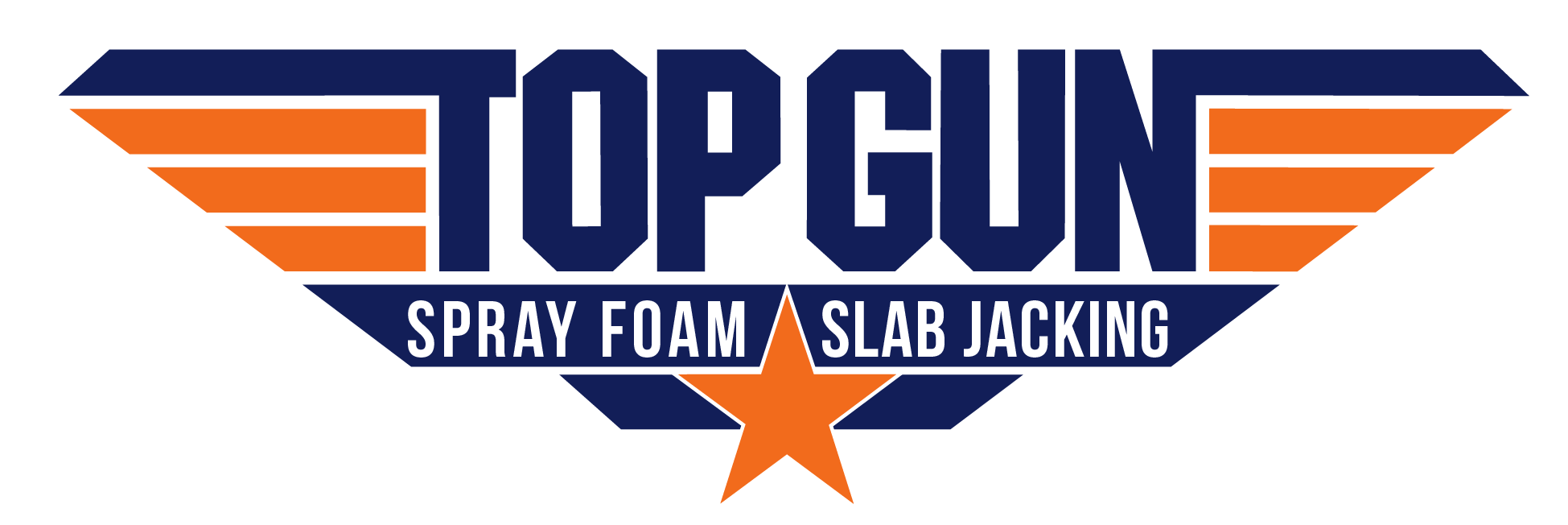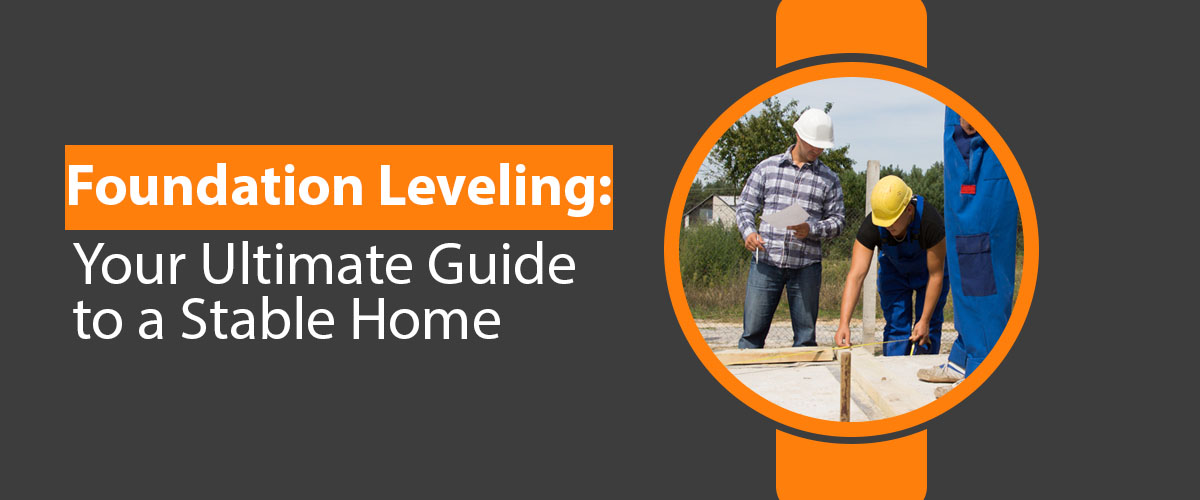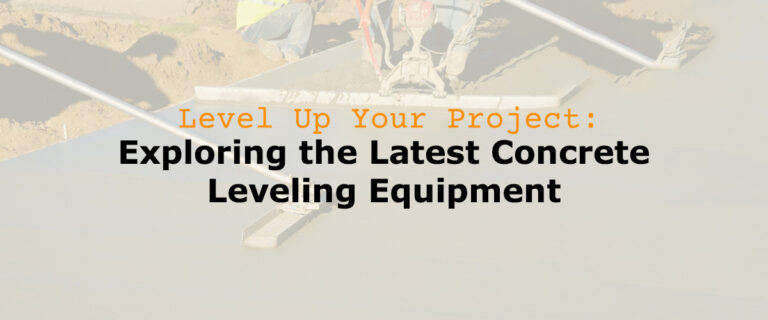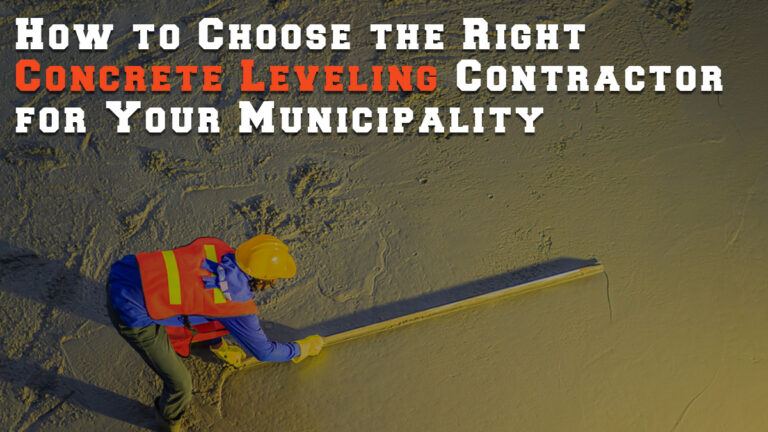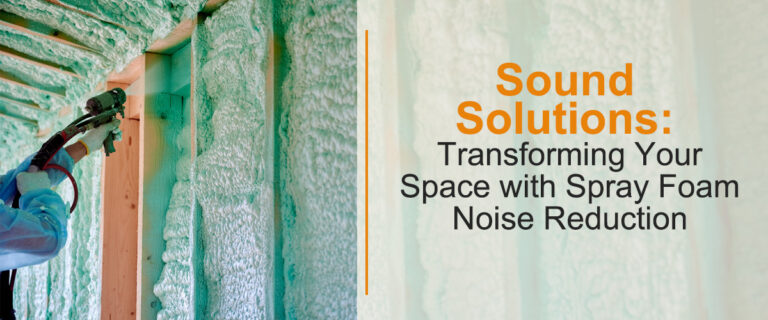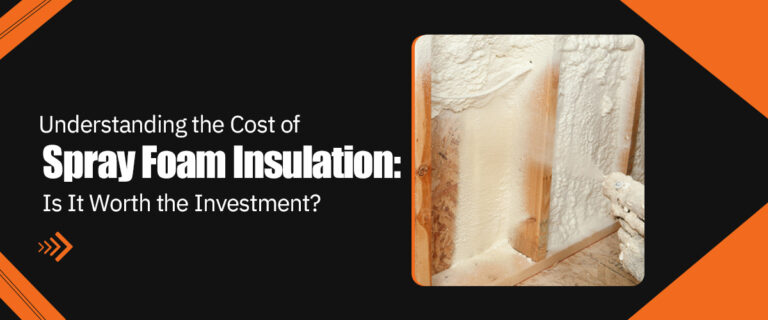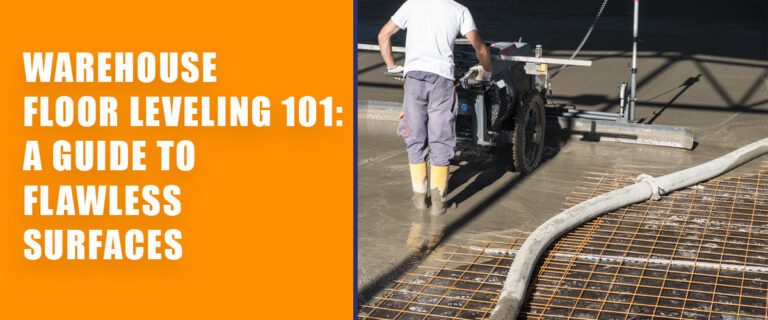Foundation Leveling: Your Ultimate Guide to a Stable Home
Is there an unsung hero beneath your feet, providing the foundation that keeps your home strong, safe, and stable? Indeed, it is the very bedrock your home relies on to weather life’s storms and stand firm despite the passage of time.
Yet, if this foundation falters and unevenness creeps in, a foundation-leveling hero rises to the occasion, reinstituting the much-needed stability. Join us in exploring the world of foundational fortitude, where we delve into the importance of maintaining a rock-solid base and the pivotal role of foundation leveling in sustaining your home’s integrity.
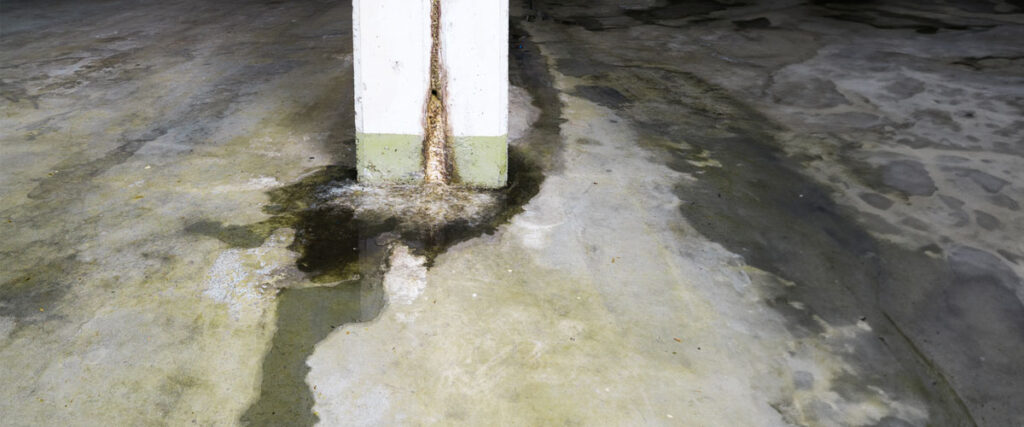
Recognizing Signs of Foundation Problems
If your home were a book, you would wait to read its problems as chapters. Foundation issues often reveal sure signs, acting as red flags. While some problems are as clear as the nose on your face, others might seem as elusive as chasing a rainbow.
Typical symptoms of foundation issues include stuck doors and windows, visible cracks on walls, and uneven or sloping floors. If you feel like you’re hiking uphill in certain areas of your home or notice gaps between your walls and ceiling, your foundation might cry for help. Catching these signs can save you from a predicament worse than being stuck between a rock and a hard place.
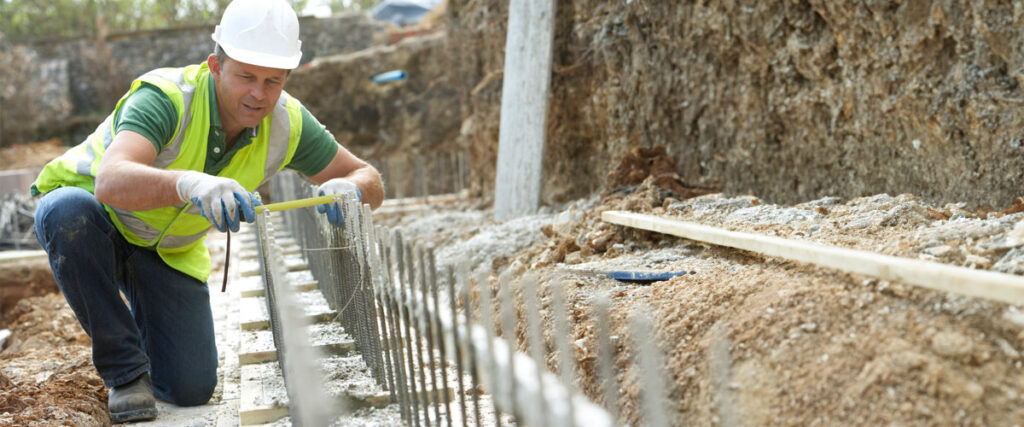
Overview of Foundation Leveling
You might be scratching your head and wondering, “So, what’s this mystery solution for foundation issues?” Simple. Foundation leveling.
Foundation leveling is your knight in shining armor here, tasked with returning the balance and integrity that your home has been missing. The process involves lifting your house’s structure and providing solid support, ensuring its stability. Skilled foundation leveling experts in Kansas will restore your home’s position, making it as level-headed as a Zen monk.
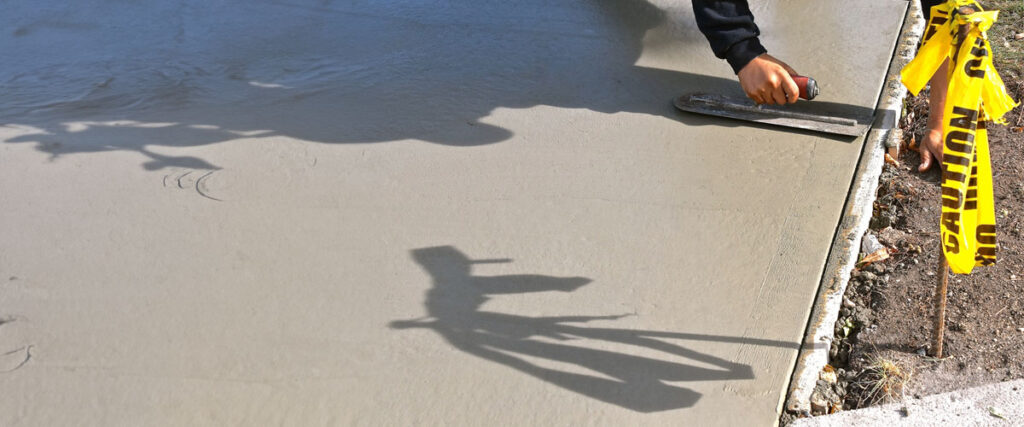
Various Foundation Leveling Methods
One size doesn’t fit all in foundation leveling. As is often the case, different houses will need different approaches to leveling. Foundation leveling experts use one (or a combination) of these methods:
1. Slab Jacking
Slab Jacking is a process that raises concrete slabs by pumping a mixture of cementitious grout beneath them. This method is usually applied when the cause of the foundation sinking is loose or slightly compressible soil.
2. Piering
Piering involves driving steel piers into the ground beneath the foundation and transferring the foundation’s weight to these piers to lift it to a level position. People often choose this method for deeper soil-related issues, such as shrink-swell clays or inadequate underlying strata.
3. Grouting
Grouting injects soil-cement mixtures into the soil beneath the foundation, improving the ground’s density and load-bearing capacity. This method is ideal when foundation problems are due to weak, loose, or problematic underlying soil. Foundation leveling experts may use Grouting in combination with other techniques.
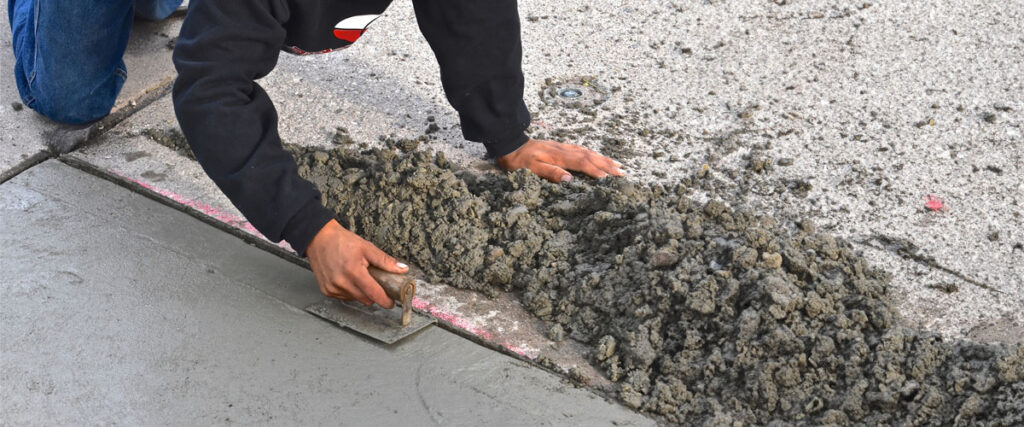
Factors to Consider When Choosing a Foundation Leveling Method
There is more than a one-size-fits-all solution when selecting a foundation leveling method. Various factors can influence the choice of technique. Here’s a look at some of the most critical considerations:
- Soil Type: Different soils have unique characteristics that affect the stability of your foundation. Therefore, you must comprehend the type of soil on which your house stands, as it’s critical. For instance, clay soils may expand and contract with moisture, causing the foundation to move, while sandy soils may sink due to their loose nature.
- Degree of Damage: The degree and variety of foundation damage will significantly influence the selection of treatment methods. Minimal sinking can often be remedied with slab jacking, while more severe and deep-seated problems may necessitate more invasive procedures such as piercing.
- House Size and Structure: The size and weight of your home can also affect the choice of leveling method. For example, larger homes with more weight may require a more robust solution like piercing rather than grouting or slab jacking alone.
- Cost: Affordability is another factor to consider. Each technique carries its price tag, which can fluctuate based on factors such as the damage scale, the resources employed, and the workforce required. It is worthwhile to compare estimates for different methods and choose one that offers a good balance of cost-effectiveness and effectiveness.
- Environmental Impact: The ecological impact of the leveling method used is an often overlooked but essential consideration. Some ways may cause more disruption to the surrounding landscape and require more materials, while others are more eco-friendly.
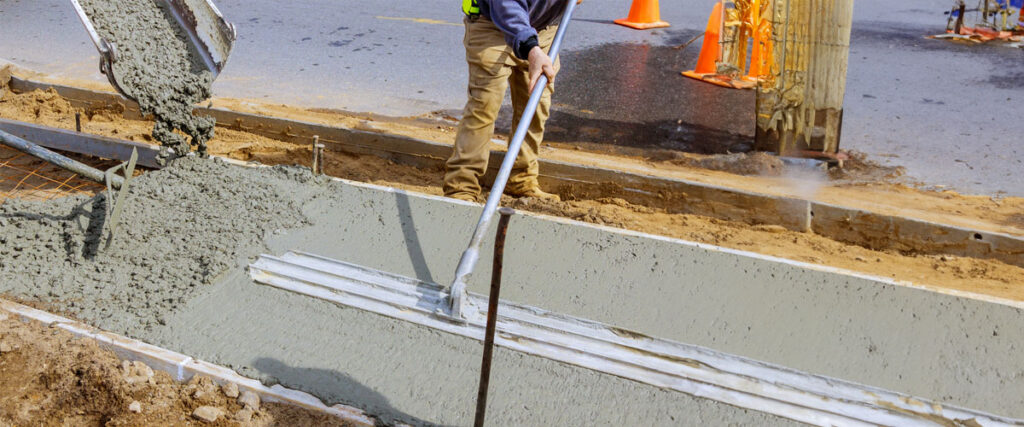
DIY vs. Professional Foundation Leveling
DIY projects often carry an allure, combining personal control and potential cost savings. Yet, it’s crucial to discern when a task suits DIY versus requires professional intervention. Home foundation leveling is one such area needing careful consideration.
Foundation leveling is intricate, demanding precise skills, an understanding of several involved processes, and the use of specialized tools. Here, the slightest error could exacerbate foundation issues or even safety risks. Choosing an amateur, DIY approach is akin to allowing a bull in a china shop, as it may inadvertently cause more harm than good.
In contrast, professional expertise guarantees experience, knowledge, and the right equipment. Although it might seem more costly initially, it’s often economical in the long term due to effective damage prevention. More than the financial aspect, these professionals ensure your home – your haven – remains safe and secure, justifying professional foundation leveling as a worthy investment.
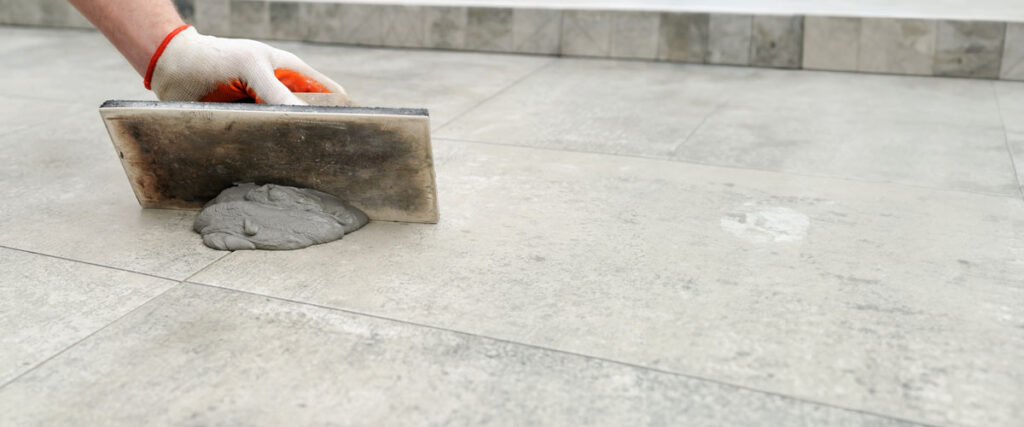
Beyond Repairs: Securing Tomorrows!
In our exploration of foundation leveling, we’ve unveiled the importance of the ground beneath us—often unnoticed but vital. Architectural safeguards like Slab Jacking, Piering, and Grouting don’t just fix a problem; they actively ensure our homes remain solid and safe for years.
Moreover, we step back and see that our foundation is more than a support system. It reflects our tenacity to build and sustain living spaces that stand the test of time. So, how sturdy is the foundation you’re building your life upon? After all, isn’t it essential to lay the groundwork for our future and preserve the sanctity of our present?
References:
- U.S. Environmental Protection Agency | US EPA. (2023, November 17). Retrieved from https://www.epa.gov/
- International Concrete Repair Institute, Inc. (n.d.). Retrieved from https://www.icri.org/
- National Association of Home Builders. (2023, November 21). Retrieved from https://www.nahb.org/
